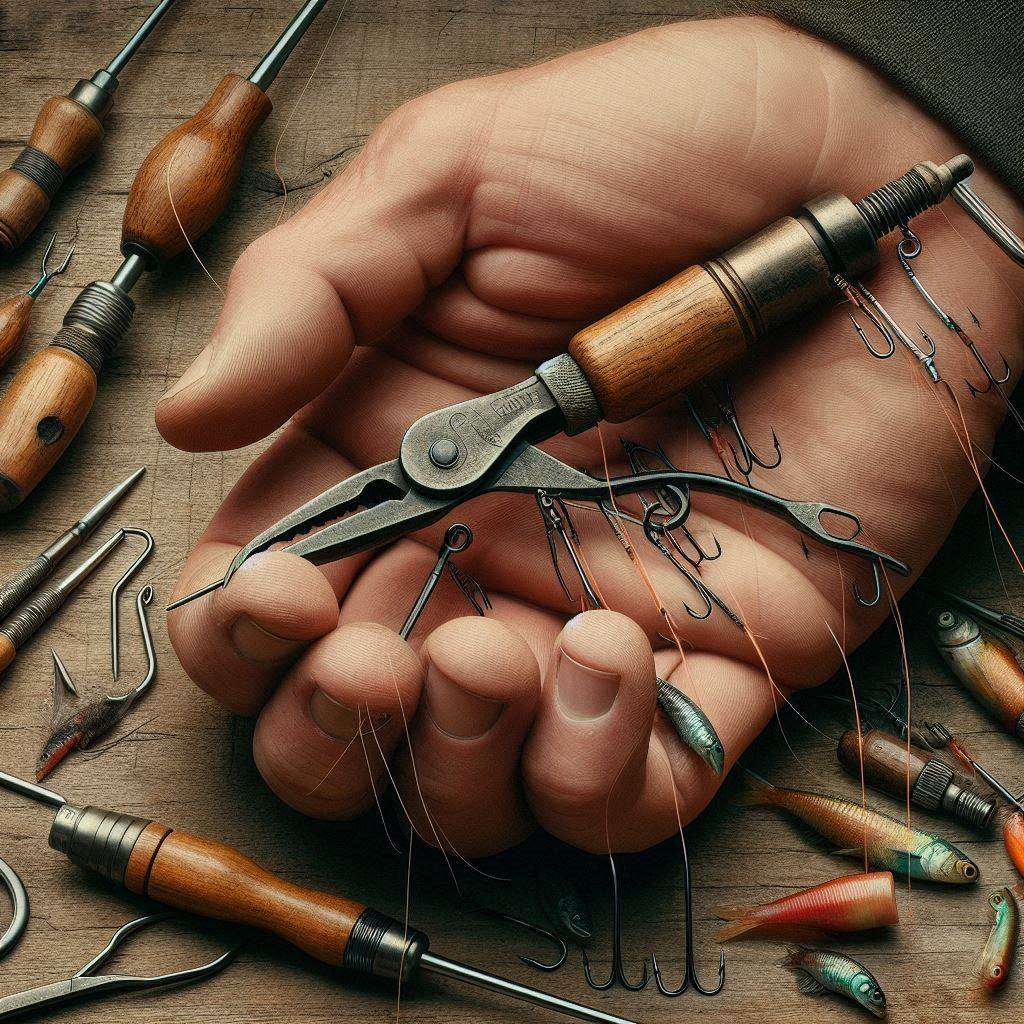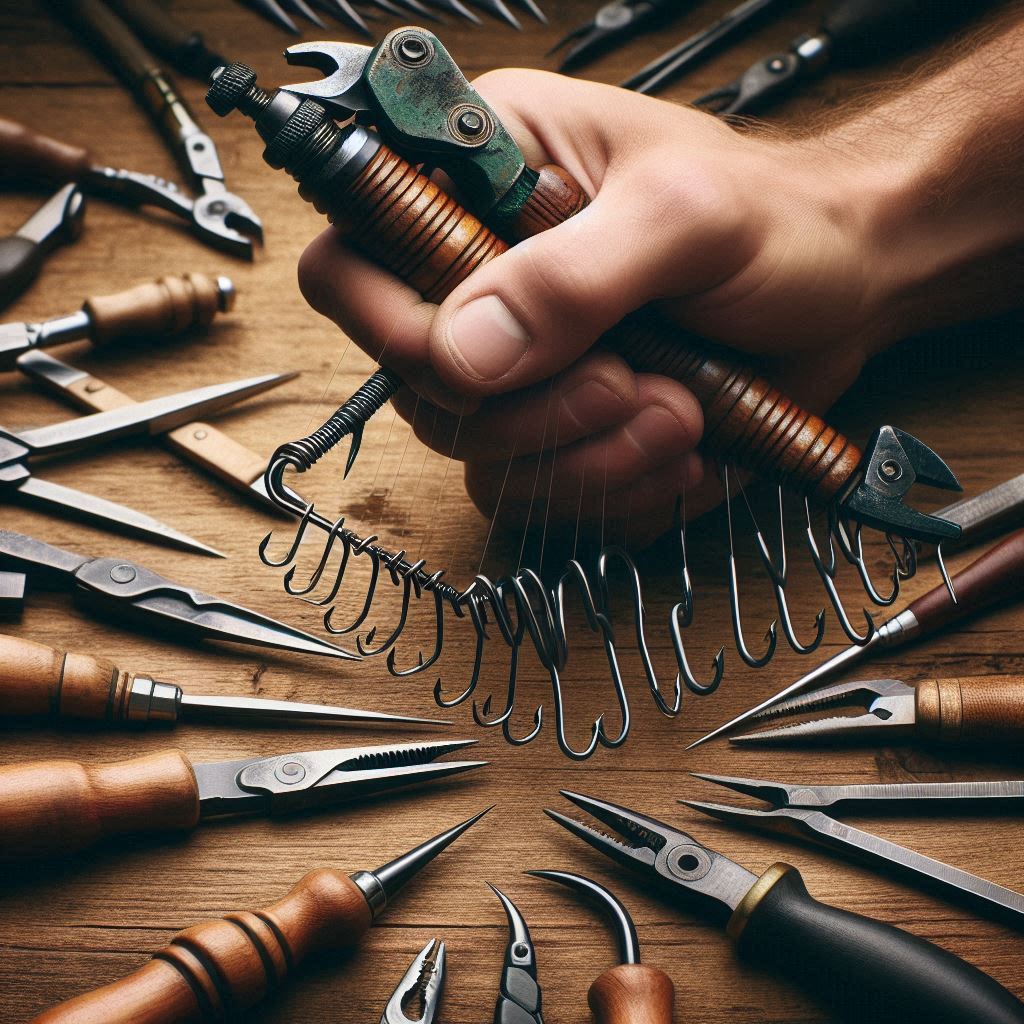Picture this: You’ve just reeled in a feisty fish after an exhilarating fight. The line is tight, the adrenaline is high, and the fish writhes in your hands, the hook lodged firmly in its mouth. Now comes the tricky part—removing the hook without harming the fish or getting pricked yourself. This is where one of the most graceful yet powerful fishing accessories comes into play—the Dehooking Tool.
It’s not just a tool—it’s an extension of your responsibility as an angler. It bridges the line between sport and compassion, between success and sustainability.

1. A Surgeon’s Touch in the World of Angling
The dehooking tool is like the scalpel in a surgeon’s hand. Designed to gently and precisely remove a hook from a fish’s mouth, gills, or throat, this tool ensures minimal injury to the fish. Unlike brute-force methods that can tear flesh or cause bleeding, the dehooker slips into place with surgical finesse. Among all fishing accessories, it stands out for its elegant purpose—to protect life even while enjoying the hunt.
For catch-and-release anglers, this tool is absolutely non-negotiable. It ensures that released fish live to fight another day, preserving ecosystems and maintaining the balance of aquatic life.
2. Safety First—for Fish and Fisherman
We often talk about barbed hooks and sharp teeth, but it’s not until you’re trying to unhook a thrashing fish that you realize the danger. Fingers near sharp hooks and the slippery surface of fish create the perfect storm for accidents. The dehooking tool keeps your hands at a safe distance, acting as a shield between you and potential injury.
Whether you’re fishing from a rocky shoreline, a canoe, or a deep-sea boat, this tool ensures safety and speed—two things every angler values in the moment.
3. A Symbol of Respect for the Catch
Fishing isn’t just about catching—it’s about connection. Real anglers know the thrill of the strike is matched by the respect we show our catch. The dehooking tool embodies that respect. It allows you to handle the fish gently, reduce stress, and return it to the water quickly if needed.
This is one of those fishing accessories that speaks to the soul of ethical angling. It tells the world you fish not just for the sport, but for the love of the water and its creatures.

4. Compact, Lightweight, Yet Powerful
Some tools demand attention with their size. Lightweight and pocket-sized, it fits effortlessly in your tackle box or even your vest. But don’t let its size fool you—this small accessory delivers big when it counts.
It’s usually crafted from rust-resistant stainless steel or aluminum and often features non-slip grips for wet hands. Some models even include spring-loaded handles or ergonomic curves to make the job quicker and smoother.
As far as fishing accessories go, it proves that good things really do come in small packages.
5. Essential for All Types of Fishing
Whether you’re a freshwater lake lover or a saltwater deep-sea adventurer, the dehooking tool is your silent companion. It works on everything from tiny panfish to toothy predators. And while it may look different in shape or size depending on its intended use, its goal remains the same—efficient, safe, humane unhooking.
Even young anglers or beginners benefit from learning early how to use this tool. It’s one of those fishing accessories that teach good habits and responsible fishing from day one.
In the grand theater of angling, where reels spin, lines dance, and waters whisper, the dehooking tool plays a quiet but crucial role. It’s not loud or flashy, but its impact is undeniable. It safeguards the fish, protects the angler, and honors the tradition of ethical fishing.
Among all fishing accessories, the dehooking tool might be the most compassionate—showing that strength and sensitivity can, and should, go hand in hand. So, before your next trip, make sure it’s in your kit. Because real skill isn’t just in the catch—it’s in how you let it go.
